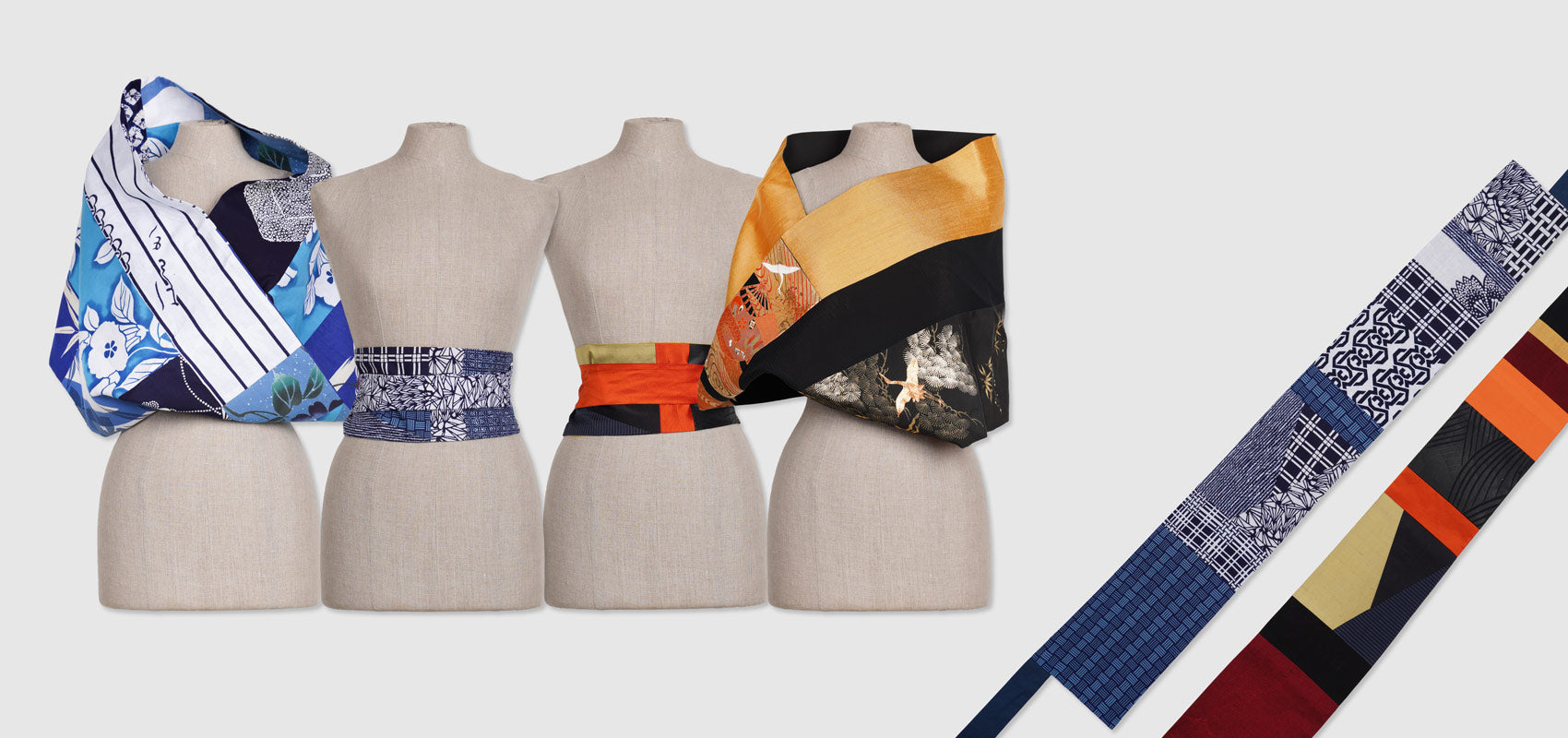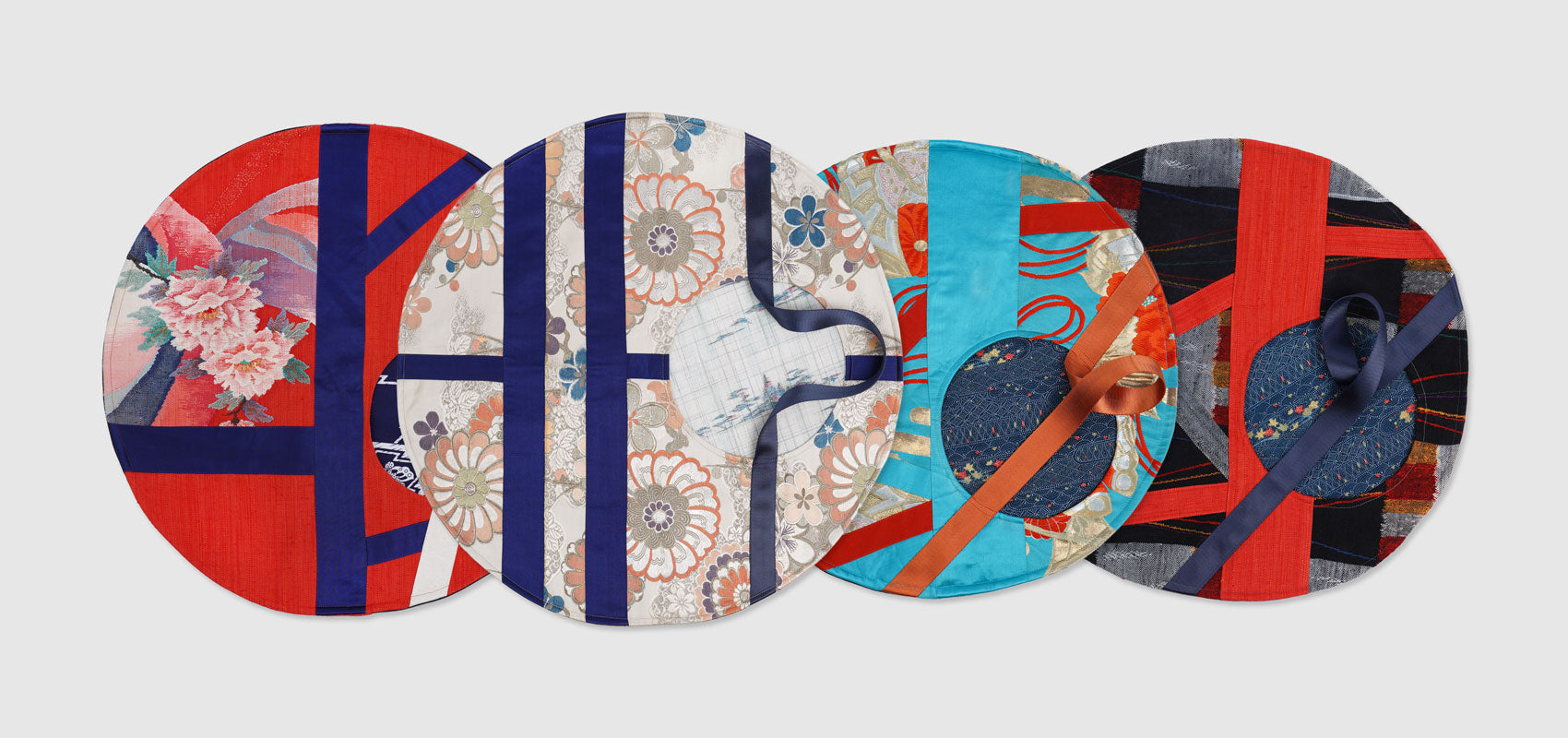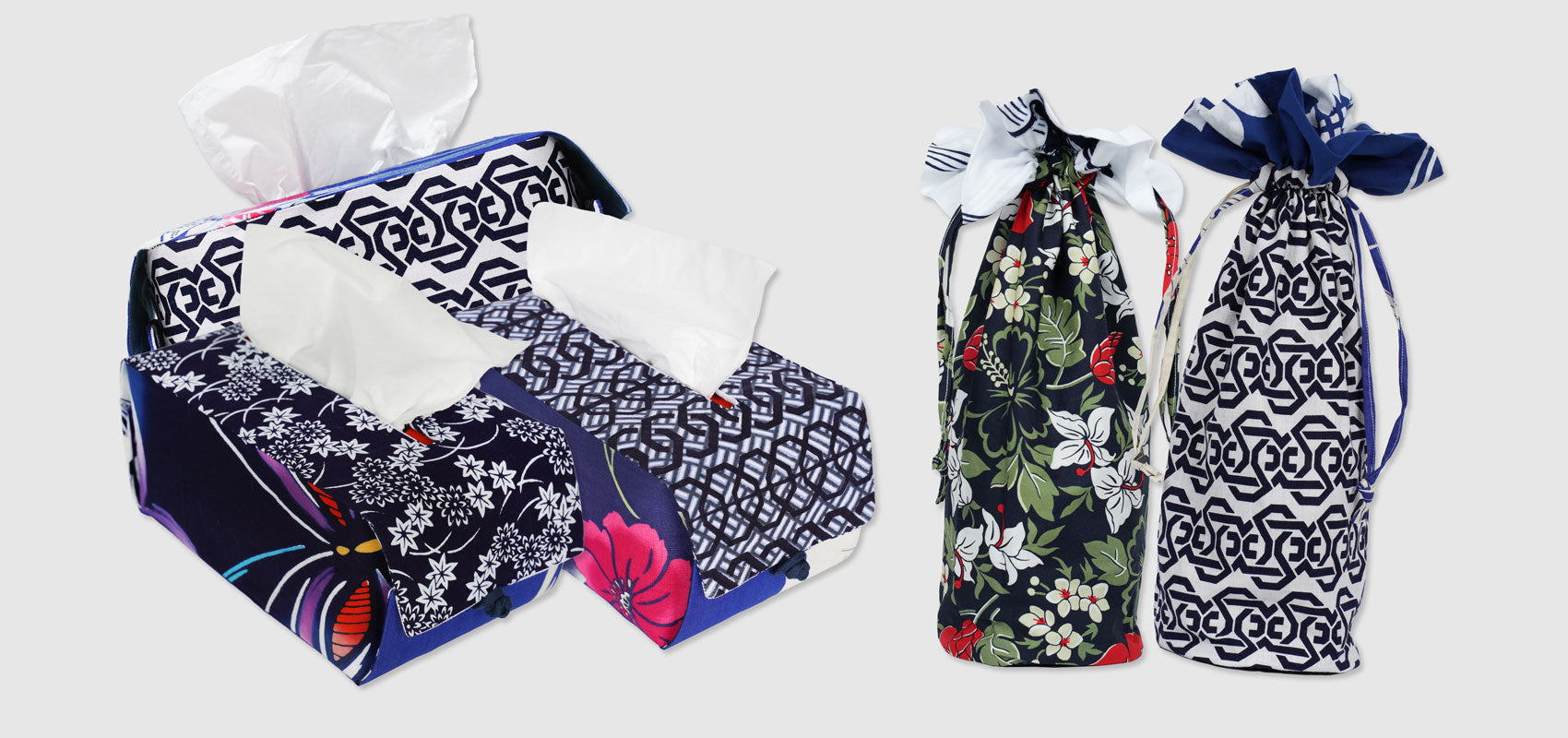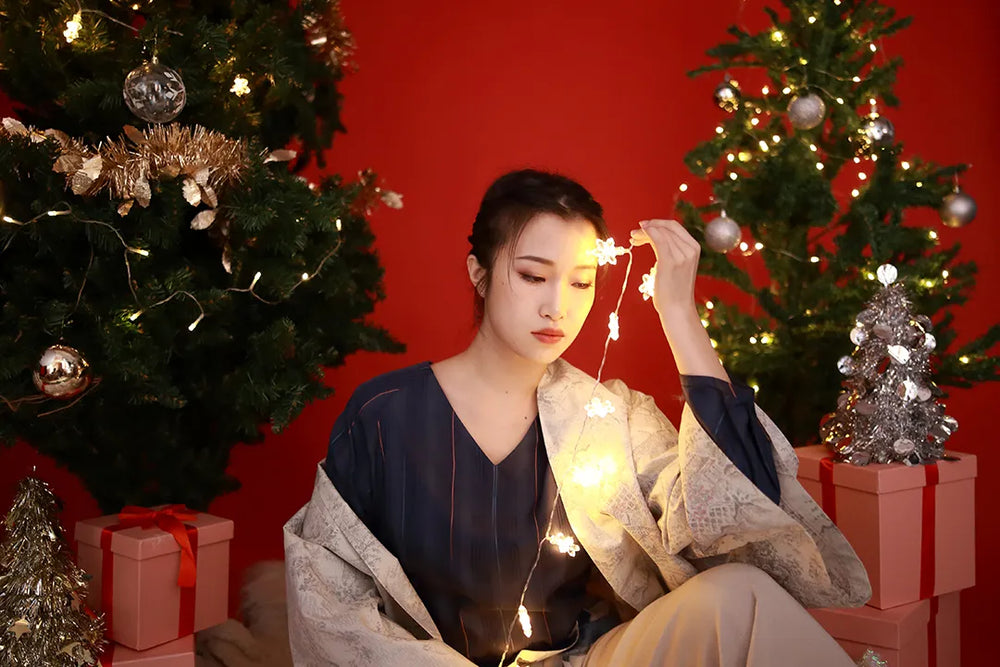Japanese textile patterns through the art of Ukiyo-e
 Japanese Ukiyo-e prints offer viewers an interesting and revealing insight into Japanese society of the time. Ukiyo-e woodblock print in Japan flourished as a popular and accessible art form for the masses from 1660 till the 1860s. While the Ukiyo-e artist often references literary, historical and mythological sources for the inspiration behind their works. Daily life and the society that these artists live in also provide plenty of ideas for their creations. Details that were captured in these prints such as the fabric or hairstyle reveals much about the current fashion of the time. Textiles provide an interesting entry point to a culture, especially with Japanese textiles and garments. They often serve as an indicator of one's social status, wealth and affiliations. The garments worn by characters in Ukiyo-e prints give the artists space to adorn a scene with beautiful prints and intricate geometric patterns. Here we will identify some of these Japanese patterns and their significance.
Japanese Ukiyo-e prints offer viewers an interesting and revealing insight into Japanese society of the time. Ukiyo-e woodblock print in Japan flourished as a popular and accessible art form for the masses from 1660 till the 1860s. While the Ukiyo-e artist often references literary, historical and mythological sources for the inspiration behind their works. Daily life and the society that these artists live in also provide plenty of ideas for their creations. Details that were captured in these prints such as the fabric or hairstyle reveals much about the current fashion of the time. Textiles provide an interesting entry point to a culture, especially with Japanese textiles and garments. They often serve as an indicator of one's social status, wealth and affiliations. The garments worn by characters in Ukiyo-e prints give the artists space to adorn a scene with beautiful prints and intricate geometric patterns. Here we will identify some of these Japanese patterns and their significance.
The lady on the left panel (above) is wearing a beautiful black kimono decorated with Shibori pine motifs, pine represents longevity in Japan and has always been a common and auspicious motif for kimonos. In addition, there is also Wisteria flowers that bloom downward towards the earth. The wisteria is a metaphor for the Japanese psychology, who value modesty and humility over self-assertion.

In this print by Toyokuni III (1786-1864) one can see the shippo (seven jewels) pattern that wraps around the bottom half of the lady's kimono, Shippo means precious stones in Buddhism. It is a series of geometric design that combines to form four ellipses in a circle, this creates more circles.
There is also the Sayagata (Buddhist cross) geometric design that peeks from her collar, This pattern stands for good omen and virtue and consists of a continuation of distorted and interlocking manji or swastika symbols. The kamon (emblem) of her family is also clearly evident from the sleeve and flanking the shoulder of her kimono.

The Asanoha/Hemp leaf pattern is one of the most popular Japanese traditional patterns. This pattern is evident on the kimono of the sitting male figure in the scene by Toyokuni III. It is a geometric design with six diamond-shaped patterns arranged in a radial manner. Identifying the hemp which grows well with the growth of a baby, the pattern has been often used for swaddling clothes. The Shibori pattern, which is identified by diamond dot patterns is also represented on the kimono near the opening of the sleeves.










Leave a comment